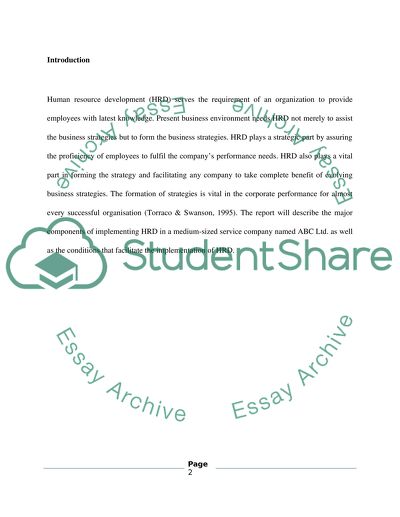Cite this document
(“Human resource development Assignment Example | Topics and Well Written Essays - 2250 words”, n.d.)
Retrieved de https://studentshare.org/human-resources/1390288-human-resource-development
Retrieved de https://studentshare.org/human-resources/1390288-human-resource-development
(Human Resource Development Assignment Example | Topics and Well Written Essays - 2250 Words)
https://studentshare.org/human-resources/1390288-human-resource-development.
https://studentshare.org/human-resources/1390288-human-resource-development.
“Human Resource Development Assignment Example | Topics and Well Written Essays - 2250 Words”, n.d. https://studentshare.org/human-resources/1390288-human-resource-development.


